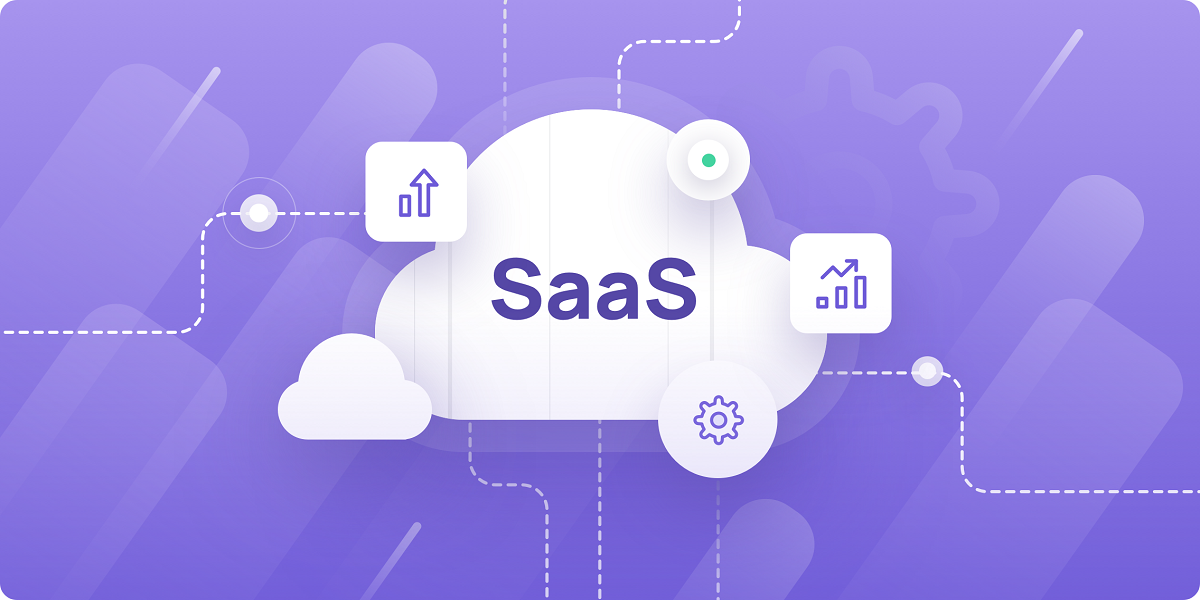In the realm of software as a service (SaaS) cloud applications, ensuring compliance with regulations is paramount. One such regulation, 21 CFR Part 11, holds significant importance, especially in industries like healthcare and pharmaceuticals. This comprehensive guide aims to provide you with a detailed understanding of 21 CFR Part 11 compliance for SaaS cloud applications, empowering you to navigate regulatory requirements effectively.
Understanding 21 CFR Part 11
What is 21 CFR Part 11?
21 CFR Part 11, issued by the Food and Drug Administration (FDA), sets forth regulations regarding electronic records and electronic signatures. It applies to industries regulated by the FDA, including pharmaceutical, biotechnology, and medical device manufacturers.
Key Requirements of 21 CFR Part 11
Electronic Records Management
Under 21 CFR Part 11, organizations must implement systems for the creation, modification, maintenance, and retrieval of electronic records in a manner that ensures their integrity and authenticity.
Electronic Signature Controls
The regulation mandates the use of electronic signatures that are unique to individuals and cannot be reused or replicated. Additionally, electronic signature systems must include controls to prevent unauthorized access or alteration.
Challenges of Achieving Compliance in SaaS Cloud Applications
Data Security Concerns
Storing sensitive data in the cloud poses inherent security risks, including unauthorized access and data breaches. Ensuring compliance with 21 CFR Part 11 while leveraging SaaS cloud applications requires robust security measures.
Vendor Compliance
SaaS cloud application providers must demonstrate compliance with 21 CFR Part 11 Compliance for SaaS Cloud to assure customers of their adherence to regulatory standards. However, verifying vendor compliance can be challenging for organizations.
Strategies for Achieving 21 CFR Part 11 Compliance in SaaS Cloud Applications
Conducting Risk Assessments
Begin by conducting a comprehensive risk assessment to identify potential vulnerabilities and establish mitigation strategies. This involves evaluating data security protocols, access controls, and encryption methods.
Implementing Access Controls
Implement stringent access controls within SaaS cloud applications to restrict data access to authorized personnel only. This includes role-based access permissions and multi-factor authentication mechanisms.
Encryption and Data Integrity Measures
Utilize robust encryption protocols to safeguard data transmitted and stored within SaaS cloud applications. Additionally, implement mechanisms for data integrity verification to detect and prevent unauthorized modifications.
The Benefits of 21 CFR Part 11 Compliance in SaaS Cloud Applications

Enhanced Data Security
21 CFR Part 11 Compliance for SaaS Cloud ensures the implementation of rigorous data security measures, reducing the risk of data breaches and unauthorized access.
Regulatory Compliance Assurance
By adhering to 21 CFR Part 11 requirements, organizations demonstrate their commitment to regulatory compliance, fostering trust among stakeholders and regulatory bodies.
Achieving Compliance with SaaS Cloud Applications
Ensuring 21 CFR Part 11 Compliance for SaaS Cloud can be complex, especially when using SaaS cloud applications. However, by choosing the right software solution and implementing appropriate controls, organizations can achieve regulatory success. Here are some key considerations for achieving compliance with SaaS cloud applications:
Vendor Assessment
Before selecting a SaaS cloud application, conduct a thorough assessment of the vendor’s compliance with 21 CFR Part 11. Evaluate the vendor’s certifications, audit reports, and documentation related to security, data integrity, and electronic signatures. Choose a vendor that demonstrates a commitment to regulatory compliance and provides transparent information about their software’s capabilities.
Data Encryption and Security
Data security is paramount when using SaaS cloud applications for regulated activities. Ensure that the software implements robust encryption protocols to protect sensitive data both in transit and at rest. Additionally, implement access controls, multi-factor authentication, and role-based permissions to restrict unauthorized access to electronic records and prevent data breaches.
Validation and Testing
Before deploying a SaaS cloud application for use in regulated environments, conduct thorough validation and testing activities to ensure its functionality, reliability, and compliance with Part 11 requirements. Perform validation testing, including installation qualification (IQ), operational qualification (OQ), and performance qualification (PQ), to verify that the software meets intended requirements and performs as expected.
Implications of Non-Compliance
Failure to comply with 21 CFR Part 11 Compliance for SaaS Cloud can have severe consequences, including legal sanctions, fines, and product recalls. Non-compliance also undermines trust in the integrity of electronic records and may lead to reputational damage for organizations.
Ensuring Compliance for SaaS Cloud Applications
Software-as-a-Service (SaaS) cloud applications offer significant benefits in terms of accessibility, scalability, and cost-effectiveness. However, ensuring compliance with 21 CFR Part 11 Compliance for SaaS Cloud poses unique challenges for SaaS providers and their clients.
Benefits of Compliance
Achieving compliance with 21 CFR Part 11 not only mitigates regulatory risk but also enhances data security and reliability. Compliance demonstrates a commitment to quality and can improve the efficiency of business processes.
Risk Assessment and Management
Conducting a thorough risk assessment is essential for identifying potential vulnerabilities and implementing appropriate controls. Risk management strategies should address risks related to data integrity, security breaches, and system failures.
Role of Documentation

Comprehensive documentation is essential for demonstrating compliance with 21 CFR Part 11. Organizations must maintain detailed records of their systems, processes, and procedures, including validation documentation and audit trails.
Continuous Monitoring and Auditing
Regular monitoring and auditing of systems and processes are necessary to ensure ongoing compliance with 21 CFR Part 11. Automated monitoring tools can help detect anomalies and unauthorized access attempts in real-time.
Training and Education
Employee training and education programs play a crucial role in maintaining compliance with 21 CFR Part 11. Training should cover topics such as data security best practices, electronic signature protocols, and regulatory requirements.
Integration with Quality Management Systems (QMS)
Integrating compliance efforts with Quality Management Systems (QMS) can streamline processes and facilitate compliance across the organization. QMS platforms can centralize documentation, streamline audits, and ensure consistency in compliance efforts.
Case Studies
Several organizations have successfully implemented compliance initiatives for SaaS cloud applications. Case studies provide valuable insights into best practices, challenges encountered, and lessons learned in achieving and maintaining compliance.
Future Trends in Compliance
As technology continues to evolve, so do regulatory requirements. Organizations must stay informed about emerging trends in compliance, such as the adoption of blockchain technology and advanced encryption methods, to remain ahead of regulatory changes.
Conclusion
In conclusion, achieving compliance with 21 CFR Part 11 for SaaS cloud applications requires careful consideration of regulatory requirements, software capabilities, and data security measures. By understanding the key requirements of Part 11 and implementing appropriate controls, organizations can leverage SaaS cloud applications to streamline operations while maintaining regulatory compliance. Choose software vendors that prioritize compliance and security, and ensure thorough validation and testing before using SaaS cloud applications in regulated environments. With the right approach, organizations can navigate the complexities of Part 11 compliance and achieve regulatory success in the digital age.
Navigating the complexities of 21 CFR Part 11 Compliance for SaaS Cloud compliance for SaaS cloud applications is essential for organizations operating in regulated industries. By understanding the key requirements, addressing challenges, and implementing robust strategies, businesses can achieve regulatory success and uphold the integrity of electronic records and signatures. Embrace compliance as a cornerstone of your operations, and empower your organization to thrive in a regulated landscape.

